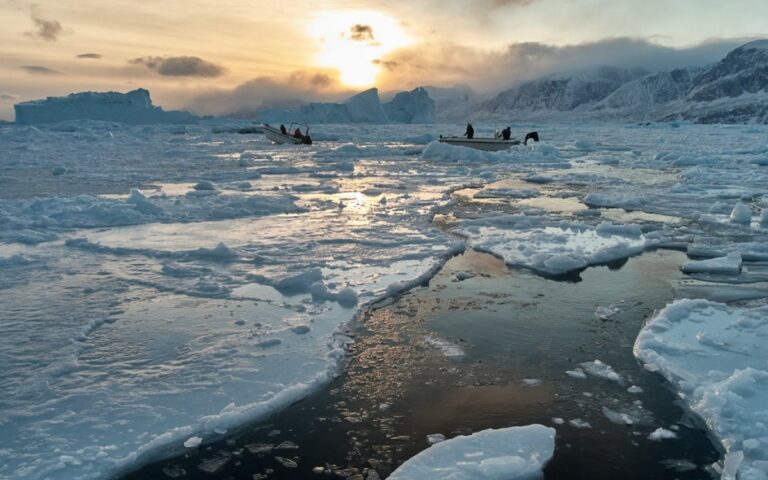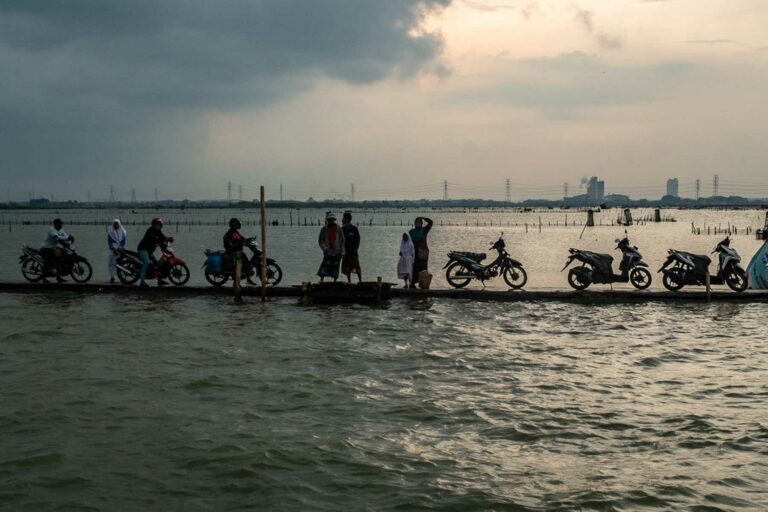Cultural destruction is a less well-recognized form of climate-induced loss and damage and...
The Paris Agreement established the goal of increasing “the ability to adapt to the adverse impacts of climate change and foster climate resilience.”
The UNFCC describes adaptation as “adjustments in ecological, social or economic systems in response to actual or expected climatic stimuli and their effects. It refers to changes in processes, practices and structures to moderate potential damages or to benefit from opportunities associated with climate change. In simple terms, countries and communities need to develop adaptation solutions and implement actions to respond to current and future climate change impacts.”
Many countries have since made adaptation commitments through their Nationally Determined Contributions (NDCs). For example, Ethiopia’s NDC includes commitments to invest in climate-resilient crop varieties and large-scale irrigation systems to enhance food security, while the Maldives’ NDC focuses on coastal protection and adaptation to sea-level rise. Other countries, such as the Netherlands and Canada, have adopted adaptation strategies that go beyond their NDCs and aim to mainstream adaptation into all sectors of their economy and society.
In addition to their NDCs, countries have made other adaptation commitments through the annual COP conferences, such as monetary pledges to the Adaptation Fund, which was established to finance concrete adaptation projects and programs in developing countries. Since 2010, the fund has committed approximately $1.5 billion to projects and programs such as climate proofing of watershed development in India, and piloting rural desalination plants in Namibia.
The UNFCC highlighted the human rights values that should underpin adaptation measure. “Adaptation is a critical component of the long-term global response to climate change to protect people, livelihoods and ecosystems. Parties acknowledge that adaptation action should follow a country-driven, gender-responsive, participatory and fully transparent approach, considering vulnerable groups, communities and ecosystems. Adaptation should be based on and guided by the best available science and, as appropriate, traditional knowledge, knowledge of indigenous peoples and local knowledge systems, with a view to integrating adaptation into socioeconomic and environmental policies and actions.”
Photo Credit: A man walks behind a giant sea wall that stretches as far as 8km along the coast of Jakarta, Indonesia. Photo by Irene Barlian (Climate Visuals Countdown).
More reading...
The right to the enjoyment of the highest attainable standard of physical and...
Regional courts, such as the Inter-American Court on Human Rights (IACtHR), and European...
“The right to a clean, healthy and sustainable environment is a human right...






